Scripps News Group launches unified graphics with ‘keeper’ concept

Subscribe to NCS for the latest news, project case studies and product announcements in broadcast technology, creative design and engineering delivered to your inbox.
The E.W. Scripps Company has launched a comprehensive graphics overhaul for its television stations, debuting a new visual package that unifies the look of its local news broadcasts under the Scripps News Group banner. The rollout began with WFTS in Tampa, followed by WEWS in Cleveland, and represents the first phase of a company-wide implementation designed to create visual consistency across Scripps’ 61 local television stations.
The project, developed in partnership with Los Angeles-based design agency Defiant, centers around what the creative team calls “the keeper” concept, a metaphorical interpretation of Scripps’ lighthouse logo that positions the company as a beacon of information without literal nautical imagery.
“We are the ones who watch over the harbor to guarantee safe passage for how you navigate your life,” said Micahel Vamosy, founder and chief creative officer at Defiant (formerly Vivid Zero), describing the philosophical foundation of the design. “We are in the middle of it. So that view of the graphics, that kind of big arc is us first in the middle. And everything revolves around it.”
The new package addresses several operational challenges that Scripps faced with its previous graphics system.
Rob Wright, senior art director for news at Scripps News Group, noted that the company needed something that worked across multiple technical platforms while serving both local market needs and national branding goals.
The visual refresh was driven by a larger reorganization of Scripps’ local stations into a new unit called the Scripps News Group.
“Part of that is revamping the graphics to make them not only more unified and beautiful, but also easier to use,” said Wright. “The Defiant team was just instrumental in understanding that quickly and helping us come up with something that solved all those problems for us.”


Technical complexity drives design decisions
The implementation required coordination across three different live production platforms, five traffic systems and two weather platforms — a technical challenge that initially influenced the design approach.
“How do you design an open that can serve Las Vegas and Tampa?” Vamosy asked. “How do you make sure you’re creating a graphics package that can really resonate with the markets?”
The answer involved focusing on modular design elements rather than flashy opening sequences. The team prioritized the lower third graphics and banner systems that appear throughout broadcasts, treating the show opens as secondary elements.
“A lot of agencies focus on opens, where we focus on the lower third, the system, the engagement of the viewer,” Vamosy explained. “And that secret sauce of the open trickles down and connects through all of the elements.”
“When design is done right, the package almost designs itself. That modularity is what allowed us to move fast and still adapt to each market,” said Gilbert Avila, executive creative director at Defiant.
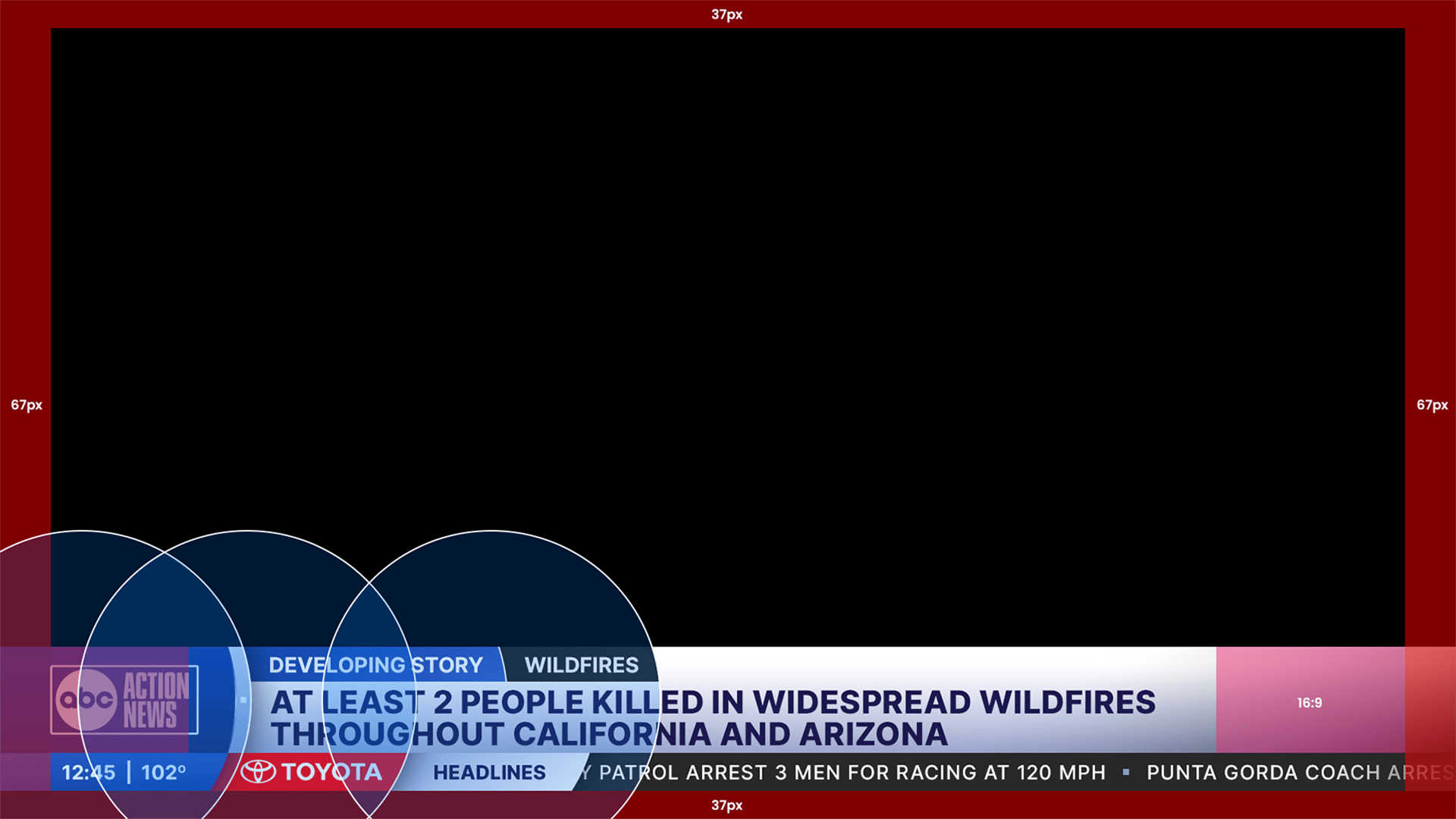
The design incorporates what Defiant calls a “Fresnel lens” approach, inspired by lighthouse optics. Concentric circles emanate from central points in the graphics, creating depth while maintaining a clean information hierarchy. The system allows for both real-time rendering and pre-rendered assets, depending on each station’s technical capabilities.
“We spent a lot of time looking at how we can look at the lighthouse motif… from a slightly different angle,” said Alex Ishida, creative director at Defiant, on the Fresnel approach to the lower third and 3D elements in the package. “You’re seeing the 3D shapes as this expanse, the perspective from the keeper at the top of the lighthouse. It’s about the experience of being the one who sees far and shines the light outward.”
Market-specific challenges inform strategy
Tampa’s selection as the launch market reflected both strategic timing and specific market dynamics. Dennis Elsbury, who oversees marketing for WFTS and WFTX in Fort Myers, described Tampa as “a very competitive market, very crowded market” with seven local newscasts potentially airing simultaneously.
“We’re market 11 in the Nielsen world, and we have just as many stations as in New York, Chicago, and LA,” Elsbury said. “And so to have something stand out is a challenge, especially when you have that many stations all operating at any given time.”
The timing aligned with Scripps’ acquisition of Tampa Bay Lightning broadcast rights for their second station in the market, creating an opportunity to launch both new graphics and expanded sports programming simultaneously.
The development process deliberately avoided traditional client-agency hierarchies. Wright’s team established what they called “ground rules” that emphasized collaborative decision-making and rapid iteration.
“We had an audit where we came up with everything that we needed to have them designed for,” Wright said. “Michael and Gilbert came up with some great initial design ideas that we looked through and, you know, honestly didn’t make too many changes because it really captured the essence of everything that we needed to do.”
The compressed timeline — described by multiple participants as “unbelievably quick” — actually enhanced creative flow rather than hindering it. Larry Morris, vice president of the Scripps Creative Studio, noted that the time pressure eliminated overthinking.
“It’s amazing how creativity flows, you know, the spigots turn on and the creativity flows, you know, and you get really interesting, great product from that,” Morris said.
Scripps assembled a core advisory team including news directors and executives from across their station group to review and provide input on the design. This approach created buy-in before the package reached individual stations.
Viewer response exceeds expectations
Initial audience reaction in Tampa surprised station management with its positivity. Morgigno had prepared for typical resistance to change but found viewers embraced the updated look.
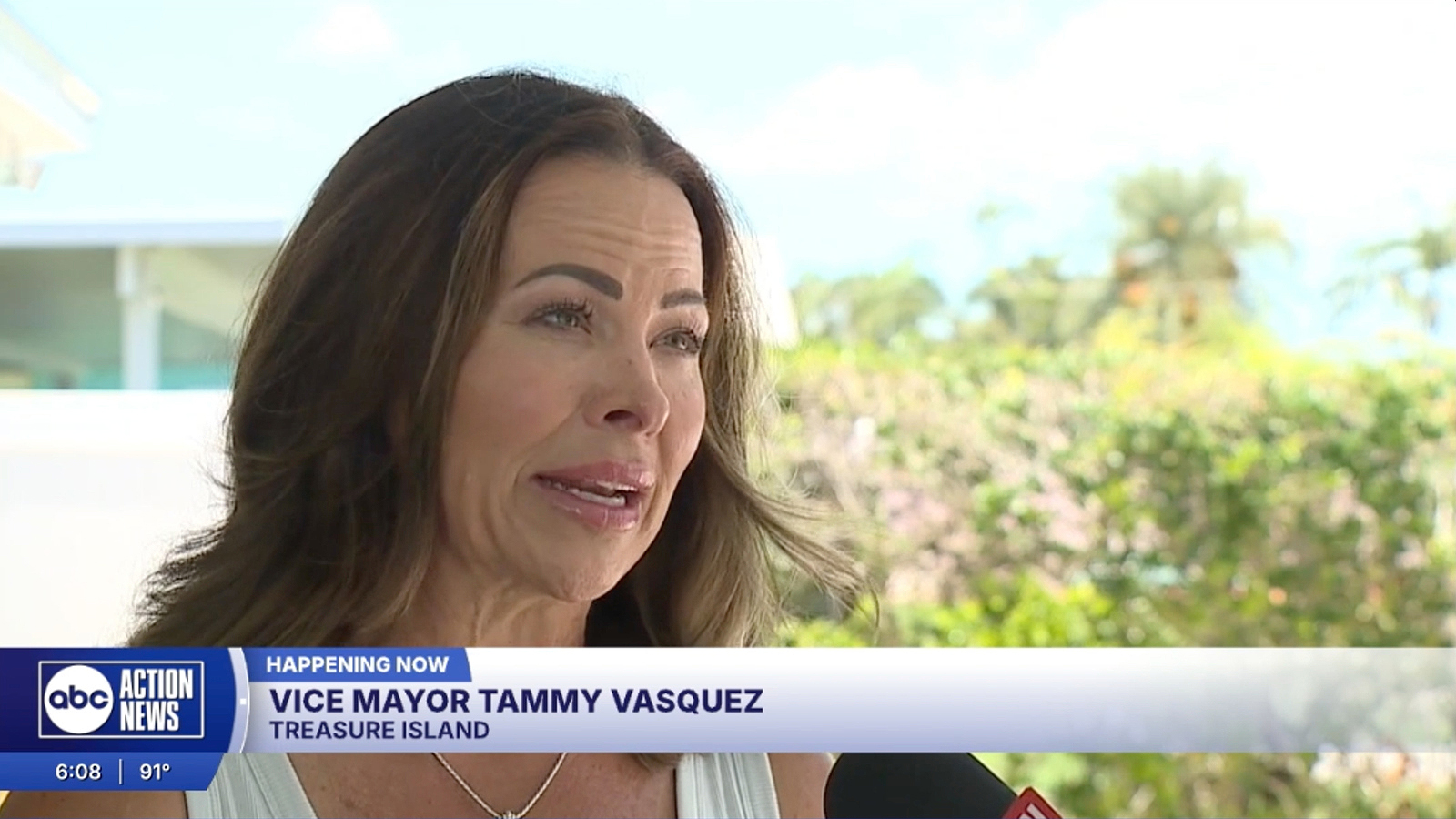

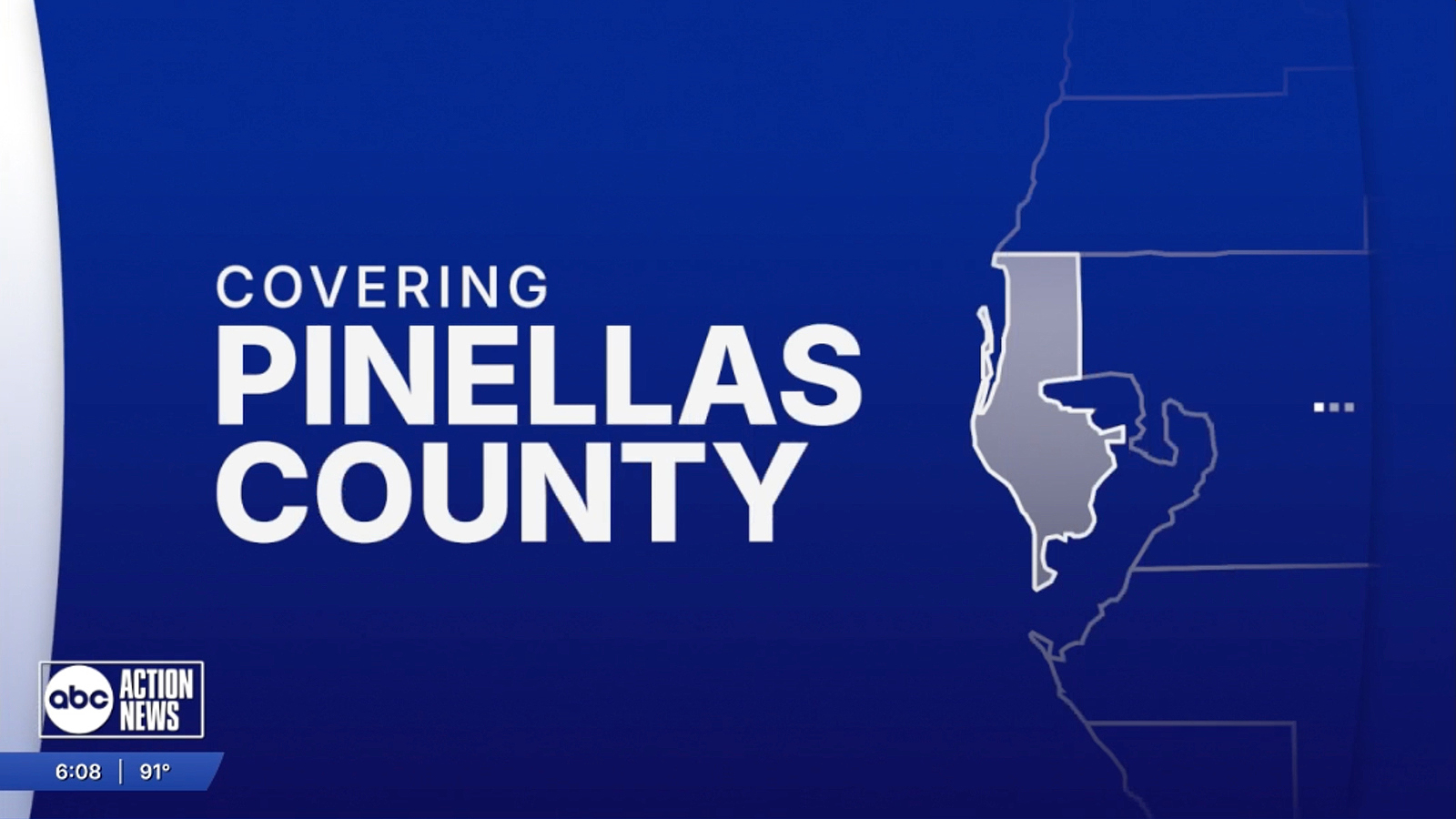
“We were prepared. People don’t like change,” Elsbury said. “So the first thing we were prepared for is, you know, obviously the social media world. And, you know, you tend to get a lot of the negative as being the louder voices. But that didn’t happen for us at all.”
The most detailed feedback came through WFTS chief meteorologist’s online viewer interaction show, where audience members discussed specific visual changes in detail.
“I was surprised at how detailed they could get into some of the stuff that was different,” Elsbury said. “But, you know, he was also very engaging with them to kind of get some of that stuff out of people that you wouldn’t normally get.”
The Scripps initiative reflects broader industry trends toward visual sophistication after a period of minimal, flat design approaches. Wright connected this to viewer expectations for television as a visual medium.
“We went through that era a few years ago of everything has to be flat. Everything has to be an iPhone interface,” Wright observed. “This is a visual medium why are we why did we have things that were so flat.”
The package design philosophy also responds to changing news consumption patterns.
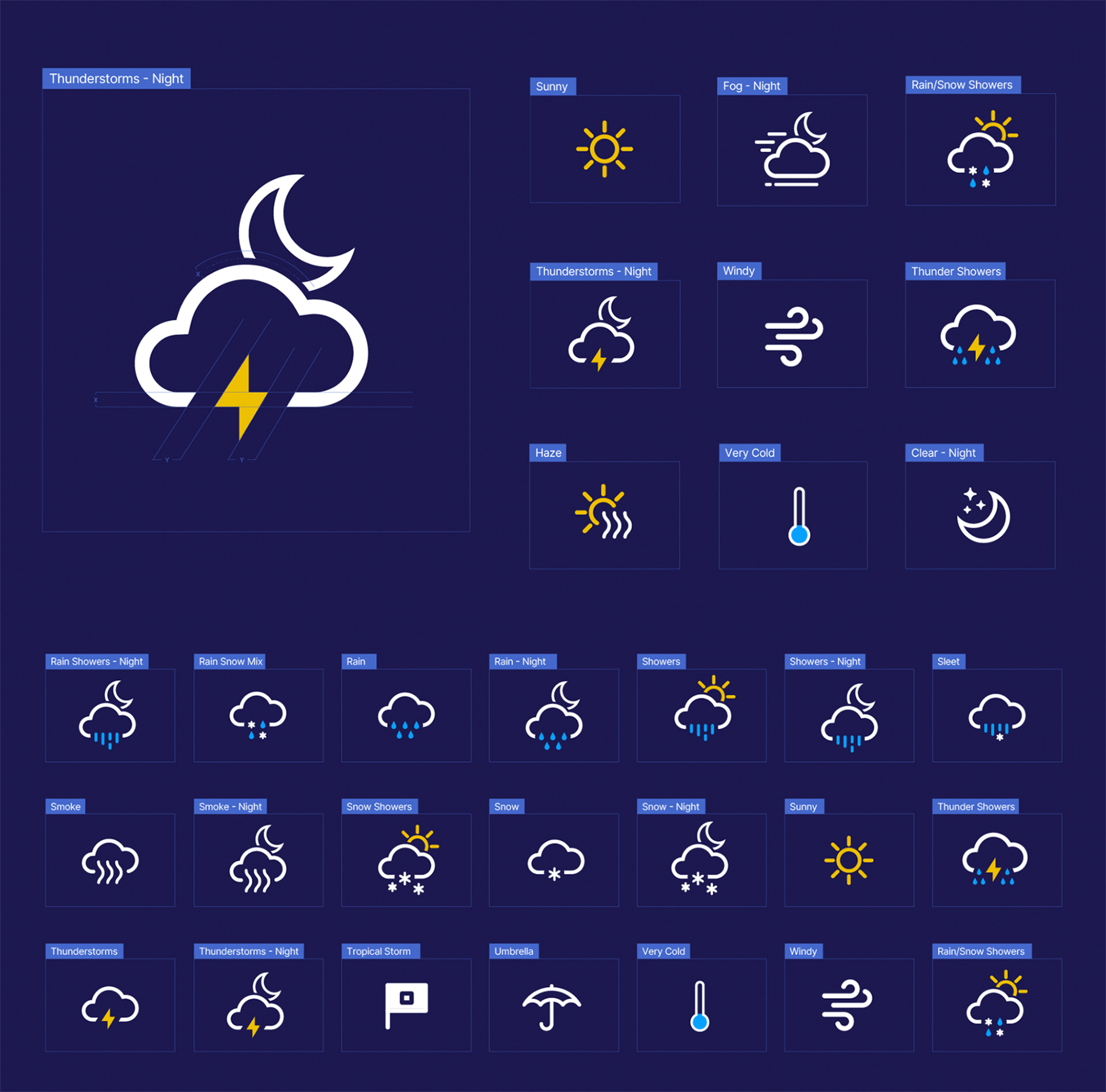
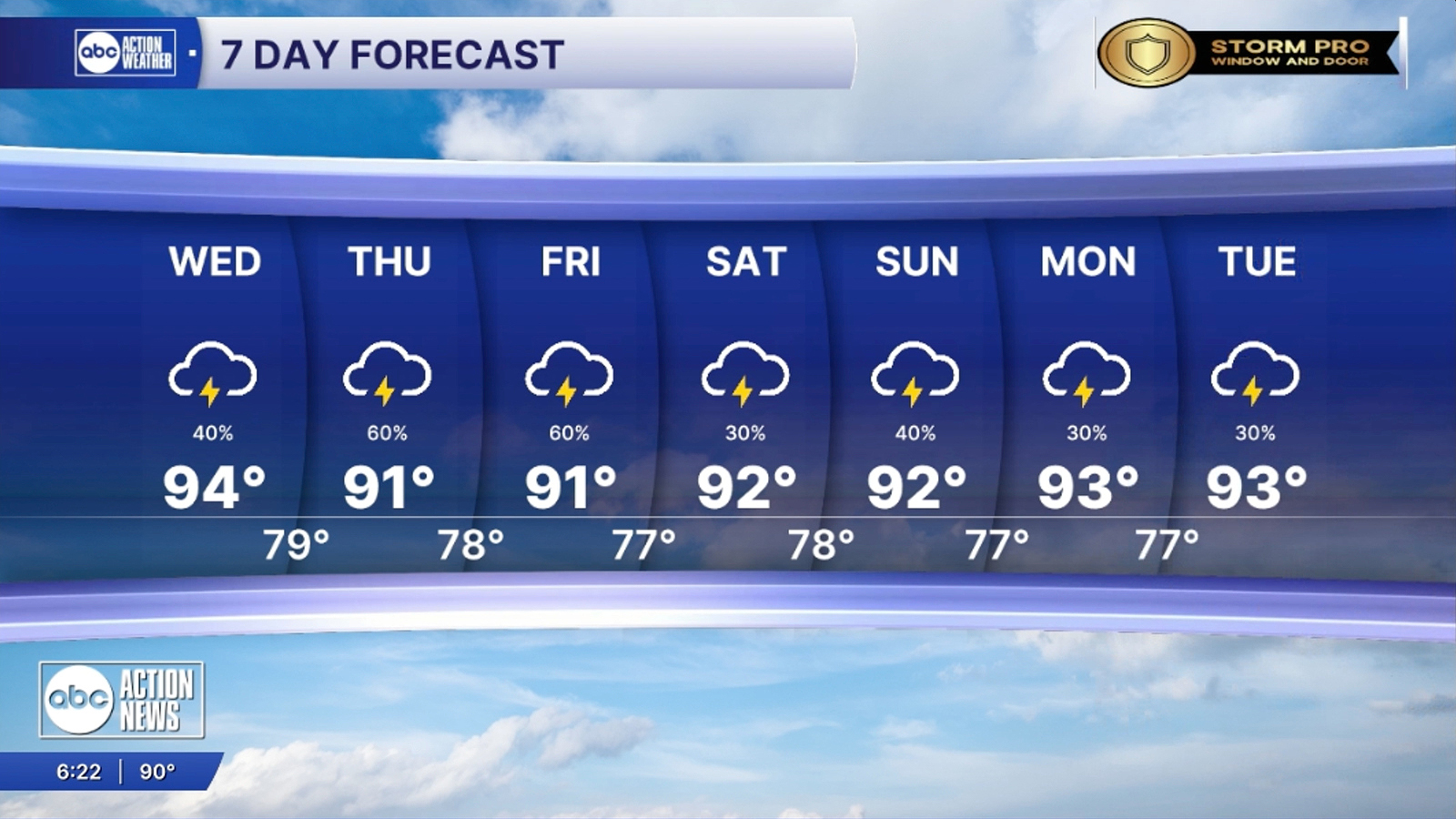
With sports programming increasingly valuable for linear television, the graphics system needed flexibility to serve both news and sports content seamlessly. The customization of weather graphics particularly demonstrates the package’s attention to local market needs. Rather than using standard vendor-supplied icons, Scripps invested in custom weather graphics that maintain visual consistency with the overall brand.
Implementation timeline remains aggressive
While the rollout will be driven by many market specific factors, Wright indicated that it will continue at an “aggressive” pace. The implementation schedule depends on technical considerations including different control room configurations and playout systems across markets.
“It’s dependent on the live playout systems. We have to design for all of those and, of course, test and code that,” Wright said. “We’ve got a small but mighty team, and they’re definitely on it.”
The project includes ongoing development of additional elements beyond the initial package, with weather and traffic vendor customization representing near-term priorities.
Patrick Magee, Scripps’ in-house composer, worked with 11 One/Music to create new music to integrate with the visual package.
Alongside the graphics rollout, Scripps also aligned their group of stations under the Scripps News Group banner. This unified branding positions Scripps to share content more effectively across platforms while maintaining local market identity.
“It’s about harnessing the power of local and connecting it to the national — and vice versa,” said Brent Chapin, director, creative, at Scripps. “We can be there before anyone else — that’s the power of local. With this structure, we’re faster, more flexible, and better positioned to deliver the best product to viewers across the board.”
Project credits
Scripps Marketing and WFTS News Teams
- Keisha Taylor Starr – EVP, CMO Scripps; GM, Scripps Networks
- Sherry Pitkofsky – SVP, Marketing
- Larry Morris – VP, Creative Director, Marketing
- Marnye Hall – Sr. Director, Creative and Strategy
- Brent Chapin – Director, Creative, Marketing
Teresa Morgan – VP, General Manager, WFTS - Dennis Elsbury – Director, Creative Services WFTS
- Sarah Moore – Sr. Director, News WFTS
Scripps Graphics Team
- Rob Wright – Sr. Art Director, News
- Nick Sanders – Director, Creative Design & Technology
- Joshua Coats – Sr. Manager, Newsroom Artists, Developer, Xpression, Softron
- Nicole Fantozzi – Lead Technical Project Engineer
- John Felton – Sr. Technology Project Manager
- Amanda Daniels – Manager, Marketing Project Management
- Sandra Scagliotti – Sr. Motion Designer, Project Lead Artist
- Andrew Lawler – Sr. Motion Designer
- Paul Newton – Sr. Motion Designer
- Michele Omran – Creative Developer, VizRT
- Robert Brown – Sr. Creative Developer, Chyron
- Tressa Smith – Creative Developer, NewsTicker
- Brendan Danielsson – 3D Artist, Motion Designer
- Jeff Young – 3D Artist, Motion Designer
- Jason Proudler – 3D Artist, Motion Designer
Defiant
- Michael Vamosy – Founder + Chief Creative Officer
- Gilbert Avila – Executive Creative
- Alex Ishida – Creative Director
- Henry Jamin – Art Director
- Angela Ramirez – Senior Producer
- Joe Lili – Animator
- Steven Stecina – Animator
- Adam Greene – Animator
Subscribe to NCS for the latest news, project case studies and product announcements in broadcast technology, creative design and engineering delivered to your inbox.





tags
11 One/Music, E.W. Scripps, E.W. Scripps Company, Larry Morris, Michael Vamosy, Rob Wright, scripps, Scripps Broadcasting, tampa, Vivid Zero, wews, wfts
categories
Broadcast Design, Graphics, Heroes, Local News